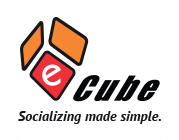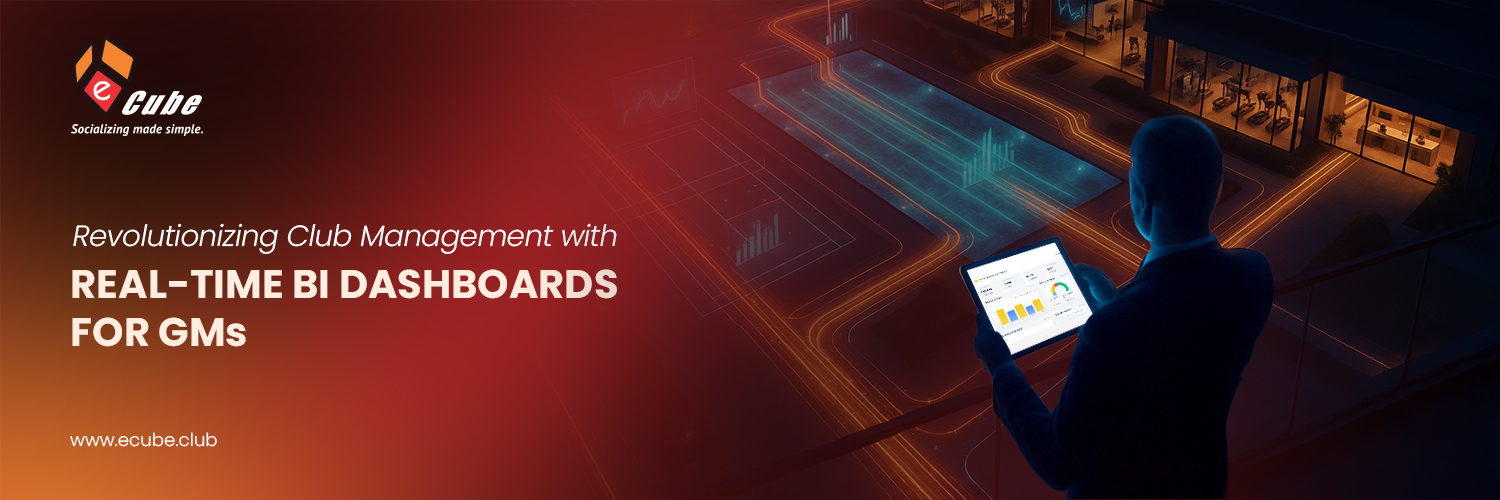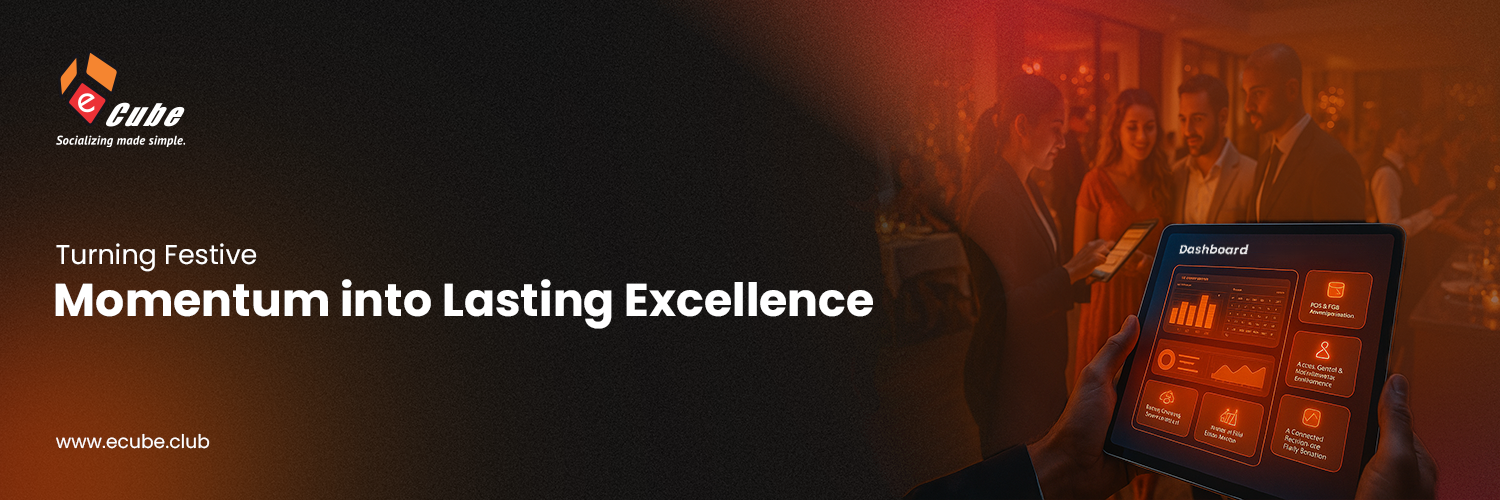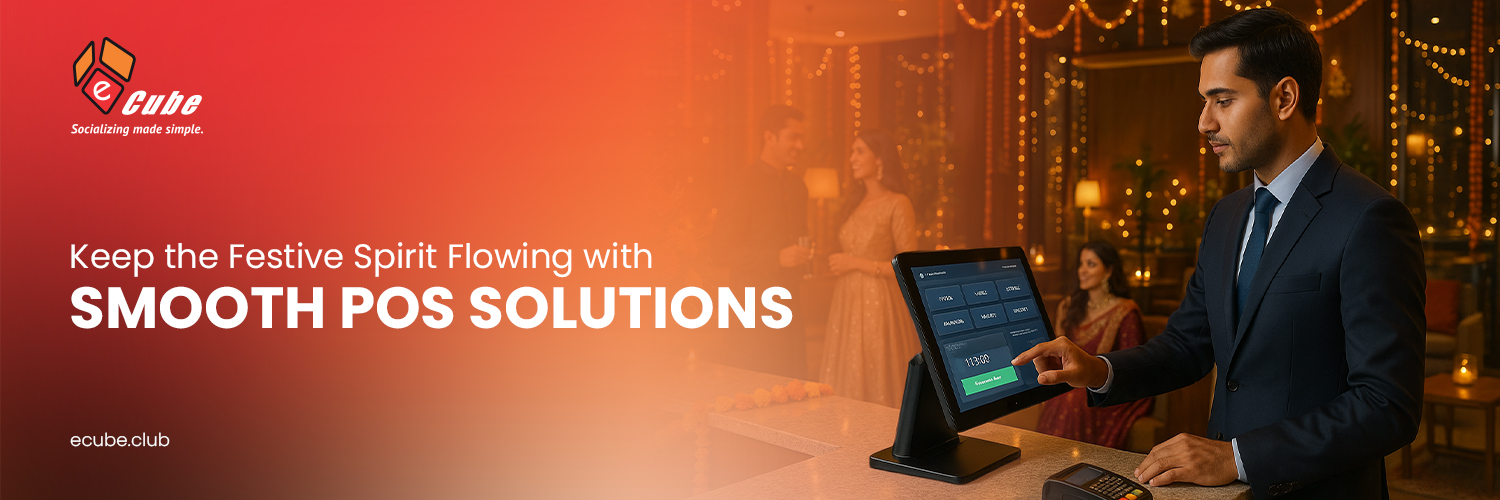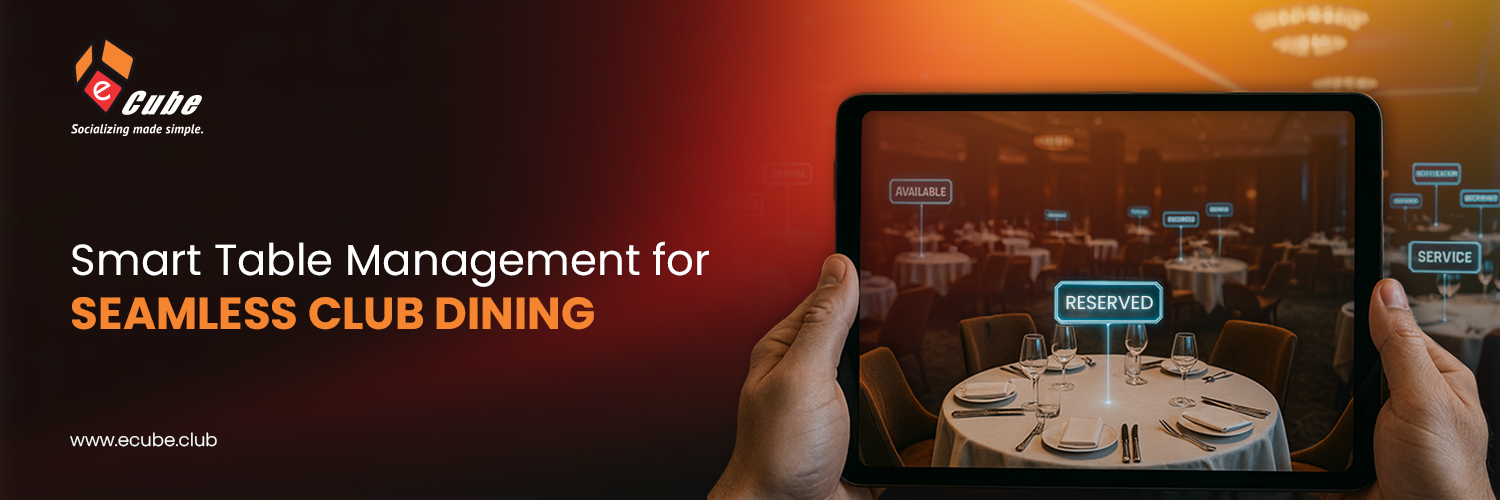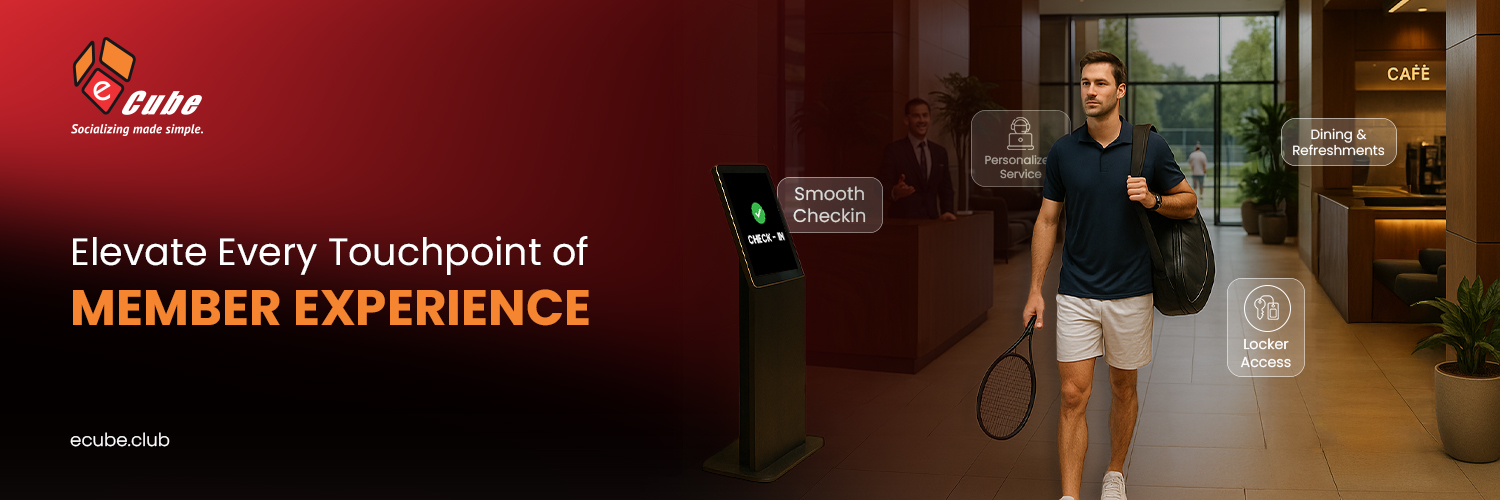Despite the digital age, many clubs continue to manage daily operations through paper trails, isolated spreadsheets, and ad-hoc hallway updates. The outcome is often delayed check-ins, overlapping bookings, and billing errors that undermine member trust. Clubs that rely on manual processes struggle to deliver a seamless experience. Digital transformation eliminates these inefficiencies, creating a connected, transparent, and fast operational system.
For a Club Owner or GM, the shift is not about software for its own sake; it’s about a digital thread that links identity, bookings, access, POS, and accounting to create a seamless, consistent journey for members, where entry becomes a tap, bookings sync with capacity and staffing, orders post cleanly to the right account, and invoices and payments are transparent in real time. This kind of coordination boosts member satisfaction and lowers staff costs, while also providing trustworthy data for planning. These aren’t just ideas—they are real lessons from clubs that switched from manual processes to eCube’s integrated platform.
The difference from legacy, manual systems are clear, as manual workflows not only demand more staff, reconciliation, and rework, but also introduce inefficiencies that can impact overall performance. In contrast, a unified, automated system streamlines and standardizes every step, allowing for early detection of exceptions, which helps business leaders in clubs protect margins and improve retention, while also making digital transformation best practices an integral part of enterprise-grade club operations and member experience.
Where clubs started and what changed
Common starting conditions
- Paper-heavy registrations, visitor logs, and event lists that required extra staffing
- Disconnected bookings, POS, and billing with frequent reconciliation gaps
- Limited visibility into facility occupancy, no single view of member activity
- Complaints and credit limits handled outside the system with weak audit trails
What the eCube stack introduced
- Membership and CRM with role-based access, invoices, and integrated communications
- Facility, room, and event bookings linked to entry and exit controls
- POS aligned to member accounts and credit rules with automated billing
- Member app for reservations, ledgers, and payments without front desk queues
- Hardware integrations for RFID, biometrics, turnstiles, and smart locks
- BI dashboards with drill-down reporting for revenue and operations
Experience shift delivered
- Shorter queues and fewer disputes through self-service and synchronized data
- Real-time occupancy and demand signals for accurate staffing and scheduling
- Faster month-end closes due to clean postings and fewer manual adjustments
- Timely, relevant communication that supports loyalty and reduces attrition
Three client snapshots that shaped the playbook
a. Snapshot 1: Multi-venue property with peak crowd surges
- Pain points: Overlapping bookings, access delays, and POS bottlenecks during rush hours
- What changed: Unified bookings-to-access flow, mobile ordering, and scheduled staffing
- Results: Throughput increased at gates and counters. Exceptions were handled in-app.
- Lessons: Design for peak. Connect bookings, access, and F&B early in the rollout.
b. Snapshot 2: Premium family club modernizing access and engagement
- Pain points: Manual visitor tracking, fragmented communications, and slow check-ins
- What changed: Biometric entry, app-based reservations, and centralized announcements
- Results: Faster entry, better visibility of member presence, and higher event participation
- Lessons: Hardware and software must be planned together from day one.
c. Snapshot 3: A prominent club with a large member base with high data and billing volume
- Pain points: Legacy performance issues, billing disputes, and labor-heavy reconciliation
- What changed: Robust POS-accounting alignment, automated credit rules, and BI-led reviews
- Results: Rework reduced, closes accelerated, financial control improved
- Lessons: Build for scale and integrate accounting to shorten the quote-to-cash cycle.
These success stories reflect repeatable patterns. They are practical digital transformation case studies that show how experience improves when a single system orchestrates the full journey.
The GM’s experience checklist for measurable gains
a. Reduce manpower cost and rework
- Integrate access control with membership profiles to remove manual checks
- Automate billing, receipts, and credit limits to cut cashier time
- Standardize daily and monthly closes with system-generated reports
b. Boost operational efficiency
- Use one dashboard for bookings, POS, inventory, and events
- Rely on real-time occupancy to balance rosters and reduce overtime
- Configure alerts for exceptions before they affect service levels
c. Protect member experience and curb attrition
- Offer self-serve reservations and payments through the member app
- Personalize messages and offers using activity and spend insights
- Track early warning signals for disengagement with BI-led metrics
The eCube feature map aligned to the experience theme
a. Membership and CRM
- Flexible plans, corporate memberships, invoicing, ledgers, and role-based controls
- Communication management for announcements, reminders, and promotions
b. Bookings and Events
- Facility, room, and banquet scheduling with integrated payments and deposits
- RFID or biometric verification at entry to eliminate queue friction
c. Restaurant and POS
- Digital menus, tablet ordering, and POS mapped to member accounts and credit rules
- Stock and pricing controls with centralized updates across outlets
d. Accounting and Analytics
- Accounting integration, automated receipts, and audit-ready reporting
- BI dashboards with KPIs, trends, and drill-downs for decision support
e. Hardware Integration
- Biometrics, RFID, turnstiles, smart locks, kiosks, and EPABX
- Unified setup and support for a resilient, property-wide footprint
Lessons from digital transformation projects
a. Treat access, bookings, POS, and billing as one operational system
A single flow ensures a booking authorizes entry, routes orders to the right account, and posts cleanly to finance. Errors fall and speed rises.
b. Reset experience with the member app first
Self-serve reservations, invoices, and payments shorten lines and shift staff to hospitality and exception handling.
c. Plan hardware with software
Include biometrics, RFID, turnstiles, and locks in the core blueprint. A complete digital thread reduces later retrofit costs.
d. Make BI part of daily routines
Use role-based dashboards to manage demand, monitor service quality, and spot attrition risks early.
e. Adopt a modular path
Start with core modules, then extend. Most clubs reach value quickly by going live on 80 percent out of the box and tailoring the rest.
Why this matters now
Clubs today can no longer rely on manual coordination to deliver a premium experience. Members expect convenience, speed, and transparency at every touchpoint—from booking a table to paying a bill. Achieving this consistency requires an integrated digital backbone that connects people, processes, and data.
eCube provides that backbone. It unifies membership, bookings, POS, accounting, and access systems into one connected ecosystem, giving management complete visibility and control while ensuring every member interaction feels effortless.
This is digital transformation in action; turning complexity into simplicity, reducing manpower costs, improving efficiency, and sustaining member satisfaction. eCube serves as the foundation of modern club management—an integrated system that powers every aspect of the member experience.
